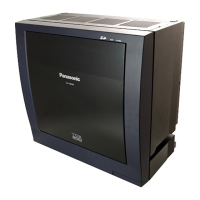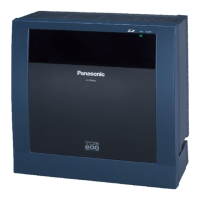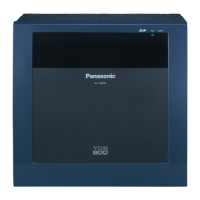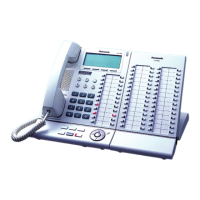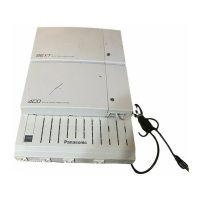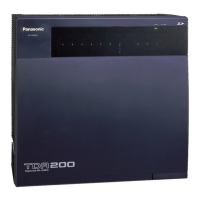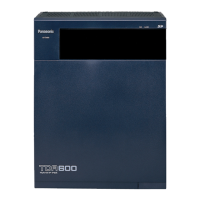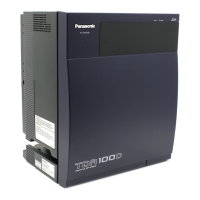2.3 System Data Control
Feature Guide 413
2.3 System Data Control
2.3.1 PC Programming
Description
This PBX can be programmed and administered using a PC. There are two programming methods:
1) On-site Programming: System programming/diagnosis can be performed locally by connecting a
PC to the PBX directly.
2) Remote Programming: System programming/diagnosis and data upload can be performed from
a remote location.
1. On-site Programming:
Method Description
Using the Serial Interface (RS-
232C) port
The PBX has a Serial Interface (RS-232C) port which can be used
for either system administration or SMDR (→ 1.26.1 Station Message
Detail Recording (SMDR)).
Using the USB port The PC is connected to the USB port of the PBX, or a USB port (USB
Module) attached to a DPT.
Using the LAN interface A CTI-LINK card (KX-TDA100/KX-TDA200/KX-TDA600 only) or an
IP-GW4 card (KX-TDA30 only) must be installed.
Using a modem through an
SLT port*
An RMT card must be installed. Assign the floating extension number
of the analogue remote maintenance (default: 599), and dial this
number from the PC to connect to the PBX.
Using an ISDN TA interface
(64 kbps) through an ISDN
Extension Line*
Assign the floating extension number of the ISDN remote
maintenance (default: 699), and dial this number from the PC to
connect to the PBX. The RMT card is not required for this method.
This method is available only when a user-supplied ISDN TA that
supports CAPI is used.
*: If remote access is disabled through system programming, then this on site programming cannot
be done.
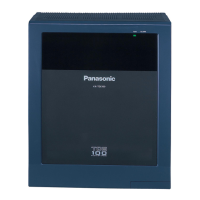
